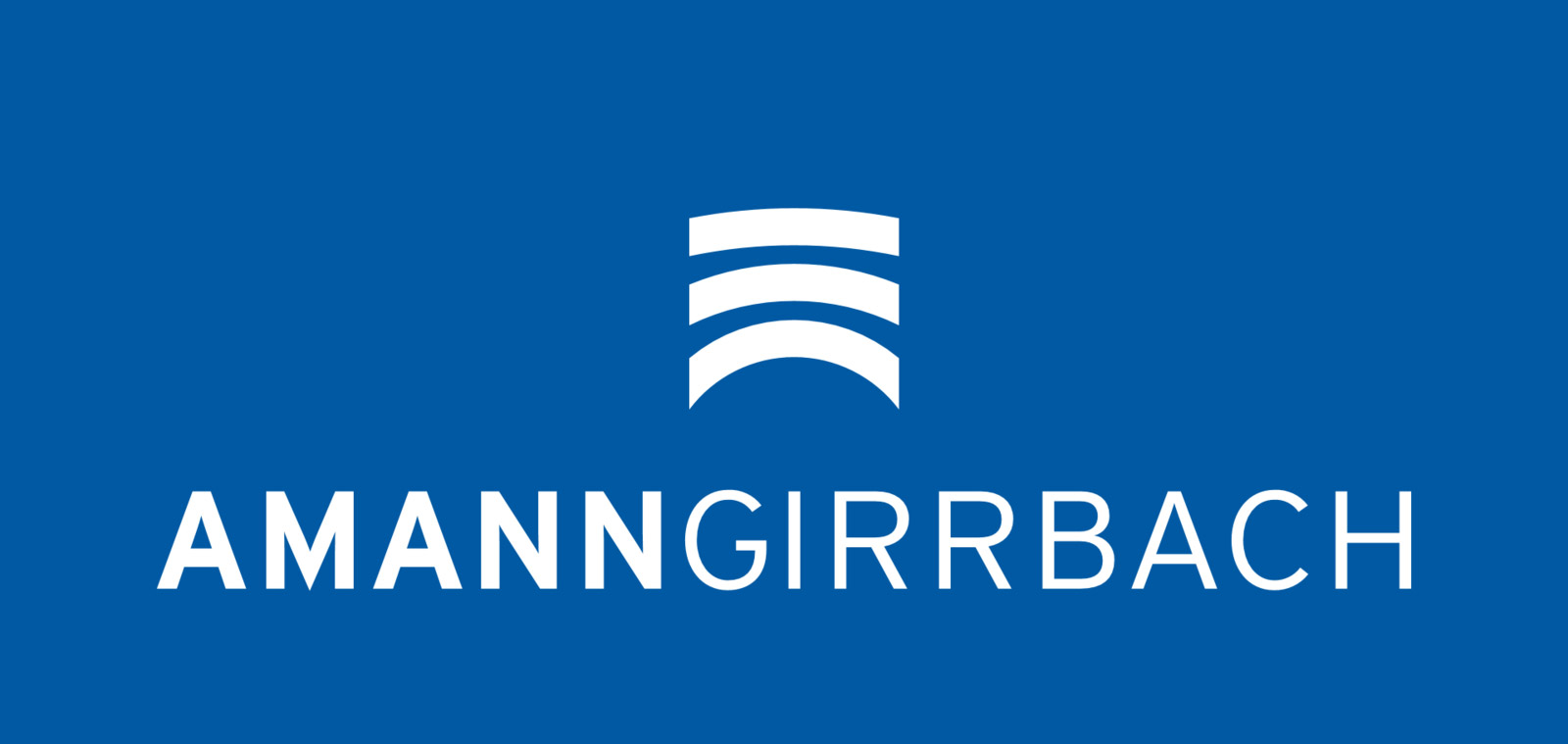My philosophy
The goal of dental technicians is to produce restorations which are harmonised in terms of the natural teeth and mandibular movement. Restorations should be incorporated into the body without inhibiting existing functions and satisfy the functions of mastication and pronunciation. To achieve the purpose of restoration, it is necessary to deeply analyse and understand the temporomandibular joint with mandibular movement and skeletal form and the anatomical shape of each tooth. There is a functional correlation between mandibular movement and the anatomical shape of the individual tooth. This interaction is an important basic concept for the reconstruction of the masticatory organs. By the dental technician understanding and implementing such a concept, the anterior and the posterior teeth maintain their harmony in the static and dynamic positions. The posterior protects the anterior teeth from the vertical pressure and the anterior protects the posterior teeth from the lateral pressure. Occlusion being highly diverse, it is one of our roles as dental technicians to understand this complex mechanism of movement and the pathway of the temporomandibular joint (mandibular movement) and dentition (occlusal compass) and reect it in the daily work of the production of prostheses.
Uniting the functional and aesthetic considerations
A 50-year-old female patient with severe peri-implantitis came to our laboratory with the desire for a functional and aesthetic restoration (Figs. 2a & b). Our treatment plan was to address the severe peri-implantitis, to place new implants and, ultimately, to improve the overall aesthetics. For the implementation of the treatment plan, our first step was complete occlusal reconstruction with Zolid FX Multilayer (Amann Girrbach), except for the mandibular anterior teeth. It is important to collect as much patient information as possible for such an extensive occlusal reconstruction. Therefore, we used the CADIAX system (GAMMA Medizinisch-wissenschaftliche Fortbildungs-GmbH) to obtain the jaw movement data. The facebow transfer data, in combination with the Artex CR (Amann Girrbach) and the CADIAX data, is necessary to reproduce the jaw movements with the virtual articulator (Figs. 3a & b).
During the design, I concentrate on a few key points, which I finally check with the virtual articulator. The most important points are the occlusal supporting surfaces, such as the posterior tooth areas, which are important for support during intercuspation and stabilisation of the vertical dimension. They protect the joints from compression and the anterior teeth from overloading.
Based on this information, I consider the natural waxing-up technique and sequential functional occlusion to be particularly suitable. With the virtual articulator, I control all the jaw movements in all directions (Fig. 4). The canines are important because they protect the posterior teeth from overloading. The guiding angle of the canine should be coordinated with the craniomandibular system and should not affect the posterior teeth. The anterior teeth are important for speech, for function with the lips and, of course, for aesthetics—a natural smile. To recreate the original patient situation, I use 2D and 3D images for excellent orientation (Figs. 5a & b).
With the Ceramill Motion 2 (Amann Girrbach), I obtain satisfactory milling results, but if I want to achieve more surface structure with higher aesthetic results, I treat the surfaces manually. I select my tools carefully because it is essential to avoid chipping, cracking and contamination of the zirconia during this procedure (Figs. 6a & b). The manual surface treatment produces beautiful small details and morphologies for a natural appearance. These include perikymata and transverse ridges, which are needed for anterior teeth morphologies.
After sintering, I obtain the perfect basis for the finish (Figs. 7a & b). The occlusal contacts are polished by hand before glazing. For a natural shine, I finally set the last accents with staining and glazing. From my point of view, the greatest advantage of Zolid FX Multilayer is that I can produce the digitally designed form precisely. Especially in these complex cases, I want as little post-processing as possible (Figs. 8a & b).
Finally, I would like to have canine guidance with no disturbing contacts in laterotrusion and protrusion. These movements are reproduced correctly in the same way as I designed them in virtual Artex CR (Figs. 9a & b). The coordinated workflow from the manual articulator to the virtual articulator is simply ingenious and facilitates my daily work. This only works successfully if the manufacturer coordinates both the articulator and the CAD/CAM system, which has been done successfully for these products.
Function is a major part of my daily laboratory life, and I am very thankful that the virtual implementation of function in combination with effcient materials makes my work much easier. From my point of view, zirconia, especially Zolid FX Multilayer, is ideal, as it combines high aesthetics with strength (Figs. 10a & b). Zirconia also has disadvantages; for example, if the crown is incorrectly stressed, this can lead to periodontitis or problems with preparation or the condyles. Therefore, our job as dental technicians requires that we consider occlusion and function.
I would like to thank my clients who provide me with exciting work every day.



 Austria / Österreich
Austria / Österreich
 Bosnia and Herzegovina / Босна и Херцеговина
Bosnia and Herzegovina / Босна и Херцеговина
 Bulgaria / България
Bulgaria / България
 Croatia / Hrvatska
Croatia / Hrvatska
 Czech Republic & Slovakia / Česká republika & Slovensko
Czech Republic & Slovakia / Česká republika & Slovensko
 France / France
France / France
 Germany / Deutschland
Germany / Deutschland
 Greece / ΕΛΛΑΔΑ
Greece / ΕΛΛΑΔΑ
 Italy / Italia
Italy / Italia
 Netherlands / Nederland
Netherlands / Nederland
 Nordic / Nordic
Nordic / Nordic
 Poland / Polska
Poland / Polska
 Portugal / Portugal
Portugal / Portugal
 Romania & Moldova / România & Moldova
Romania & Moldova / România & Moldova
 Slovenia / Slovenija
Slovenia / Slovenija
 Serbia & Montenegro / Србија и Црна Гора
Serbia & Montenegro / Србија и Црна Гора
 Spain / España
Spain / España
 Switzerland / Schweiz
Switzerland / Schweiz
 Turkey / Türkiye
Turkey / Türkiye
 UK & Ireland / UK & Ireland
UK & Ireland / UK & Ireland
 International / International
International / International
 Brazil / Brasil
Brazil / Brasil
 Canada / Canada
Canada / Canada
 Latin America / Latinoamérica
Latin America / Latinoamérica
 USA / USA
USA / USA
 China / 中国
China / 中国
 Japan / 日本
Japan / 日本
 Pakistan / Pākistān
Pakistan / Pākistān
 Vietnam / Việt Nam
Vietnam / Việt Nam
 ASEAN / ASEAN
ASEAN / ASEAN
 Israel / מְדִינַת יִשְׂרָאֵל
Israel / מְדִינַת יִשְׂרָאֵל
 Algeria, Morocco & Tunisia / الجزائر والمغرب وتونس
Algeria, Morocco & Tunisia / الجزائر والمغرب وتونس
 Middle East / Middle East
Middle East / Middle East
:sharpen(level=0):output(format=jpeg)/up/dt/2024/04/CHF-Technique-1.jpg)
:sharpen(level=0):output(format=jpeg)/up/dt/2024/03/AI-AR.jpg)
:sharpen(level=0):output(format=jpeg)/up/dt/2024/03/Gut-microbiome.jpg)
:sharpen(level=0):output(format=jpeg)/up/dt/2024/03/Minimally-invasive-1.jpg)
:sharpen(level=0):output(format=jpeg)/up/dt/2019/03/New-research-finds-a-link-between-using-mouthwash-and-raised-blood-pressure.jpg)








:sharpen(level=0):output(format=png)/up/dt/2022/01/HASSBIO_Logo_horizontal.png)
:sharpen(level=0):output(format=png)/up/dt/2023/03/ACTEON_NEW-logo_03-2024.png)
:sharpen(level=0):output(format=png)/up/dt/2023/11/Patent%E2%84%A2-Implants-_-Zircon-Medical.png)
:sharpen(level=0):output(format=png)/up/dt/2011/11/ITI-LOGO.png)
:sharpen(level=0):output(format=png)/up/dt/2022/01/Ivoclar_Logo_19-01-2022.png)
:sharpen(level=0):output(format=png)/up/dt/2022/01/Sprintray_Logo_2506x700.png)
:sharpen(level=0):output(format=jpeg)/up/dt/e-papers/332719/1.jpg)
:sharpen(level=0):output(format=jpeg)/up/dt/e-papers/331220/1.jpg)
:sharpen(level=0):output(format=jpeg)/up/dt/e-papers/329595/1.jpg)
:sharpen(level=0):output(format=jpeg)/up/dt/e-papers/328476/1.jpg)
:sharpen(level=0):output(format=jpeg)/up/dt/e-papers/327304/1.jpg)
:sharpen(level=0):output(format=jpeg)/up/dt/e-papers/325553/1.jpg)
:sharpen(level=0):output(format=png)/up/dt/2013/01/Amann-Girrbach_Logo_SZ_RGB_neg.png)
:sharpen(level=0):output(format=jpeg)/up/dt/2022/04/Hasegawa_One-step-closer-to-nature_Amann-Girrbach_header.jpg)
:sharpen(level=0):output(format=jpeg)/up/dt/2022/04/Atsushi-Hasegawa-300x300.jpg)
:sharpen(level=0):output(format=jpeg)/up/dt/2022/04/Hasegawa_One-step-closer-to-nature_Amann-Girrbach_1.jpg)
:sharpen(level=0):output(format=jpeg)/up/dt/2022/04/Hasegawa_One-step-closer-to-nature_Amann-Girrbach_2.jpg)
:sharpen(level=0):output(format=jpeg)/up/dt/2022/04/Hasegawa_One-step-closer-to-nature_Amann-Girrbach_3.jpg)
:sharpen(level=0):output(format=jpeg)/up/dt/2022/04/Hasegawa_One-step-closer-to-nature_Amann-Girrbach_4.jpg)
:sharpen(level=0):output(format=jpeg)/up/dt/2022/04/Hasegawa_One-step-closer-to-nature_Amann-Girrbach_5.jpg)
:sharpen(level=0):output(format=jpeg)/up/dt/2022/04/Hasegawa_One-step-closer-to-nature_Amann-Girrbach_6.jpg)
:sharpen(level=0):output(format=jpeg)/up/dt/2022/04/Hasegawa_One-step-closer-to-nature_Amann-Girrbach_7.jpg)
:sharpen(level=0):output(format=jpeg)/up/dt/2022/04/Hasegawa_One-step-closer-to-nature_Amann-Girrbach_8.jpg)
:sharpen(level=0):output(format=jpeg)/up/dt/2022/04/Hasegawa_One-step-closer-to-nature_Amann-Girrbach_9.jpg)
:sharpen(level=0):output(format=jpeg)/up/dt/2022/04/Hasegawa_One-step-closer-to-nature_Amann-Girrbach_10.jpg)
:sharpen(level=0):output(format=jpeg)/up/dt/2021/09/Amann-Girrbach_Artex-Gold.jpg)
















:sharpen(level=0):output(format=jpeg)/up/dt/2022/10/IDS-2023-Die-neue-Dimension-digitaler-Zahnmedizin-mit-Amann-Girrbach-erleben.jpg)
:sharpen(level=0):output(format=jpeg)/up/dt/2022/02/Amann-Girrbach_Article-Image_1920x1080_LabDay_v01__Chicago-Midwinter_24-02-2022__NEW_23-02-2022.jpg)
:sharpen(level=0):output(format=jpeg)/up/dt/2021/03/Amann-Girrbach_Capitalising-on-digitisation-with-the-right-strategy.jpg)
:sharpen(level=0):output(format=jpeg)/up/dt/e-papers/331220/1.jpg)
:sharpen(level=0):output(format=jpeg)/up/dt/e-papers/329595/1.jpg)
:sharpen(level=0):output(format=jpeg)/up/dt/e-papers/328476/1.jpg)
:sharpen(level=0):output(format=jpeg)/up/dt/e-papers/327304/1.jpg)
:sharpen(level=0):output(format=jpeg)/up/dt/e-papers/325553/1.jpg)
:sharpen(level=0):output(format=jpeg)/up/dt/e-papers/332719/1.jpg)
:sharpen(level=0):output(format=jpeg)/up/dt/e-papers/332719/2.jpg)
:sharpen(level=0):output(format=jpeg)/wp-content/themes/dt/images/3dprinting-banner.jpg)
:sharpen(level=0):output(format=jpeg)/wp-content/themes/dt/images/aligners-banner.jpg)
:sharpen(level=0):output(format=jpeg)/wp-content/themes/dt/images/covid-banner.jpg)
:sharpen(level=0):output(format=jpeg)/wp-content/themes/dt/images/roots-banner-2024.jpg)
To post a reply please login or register